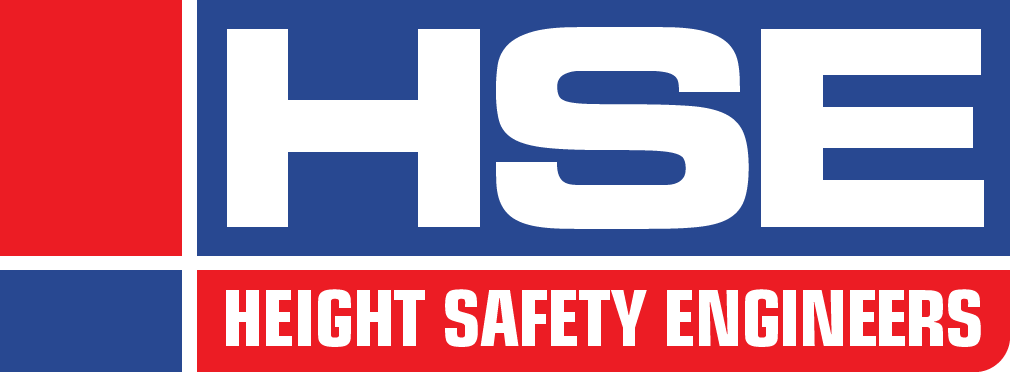This manual handling training course is designed to raise awareness of Musculoskeletal Disorders and their impact, how to reduce risk of manual handling injuries, risk factors and principles of safe manual handling.

This manual handling training course is designed to raise awareness of Musculoskeletal Disorders and their impact, how to reduce risk of manual handling injuries, risk factors and principles of safe manual handling.
Lifting heavy loads, repetitive movement and other manual tasks can lead to injuries to a worker’s musculoskeletal system. These injuries are often very painful, and in some cases can still be felt long after an incident has occurred.
Any person conducting a business or undertaking (PCBU) is required by law to provide a safe workplace and safe systems of work – this extends to ensuring workers are protected from the risks associated with manual handling.
Manual handing training is a short course that teaches participants how to identify risks associated with lifting heavy items and undertaking repetitive work and provides best practice skills on how to do so safely. It also teaches how to use lifting equipment and other PPE associated with moving items.
For those whose work involves needing to lift, move, push, pull, carry, hold, or restrain objects, then having the training to do so safely is a must.
Course Objectives And Content
Follow manual handling safe work procedures to minimise the risk of injury.
Identify work health and safety (WHS) manual handling hazards.
Undertake a manual handling risk assessment.
Appropriate posture and use manual handling techniques to reduce muscle load on exertion.
Utilise appropriate personal protective equipment (PPE).
Use manual handling lifting devices safely.
Undertake safe manual handling work practices for handling loads.
Height Safety Engineers have been in the business of protecting people for 20 years. Our mission is to provide industry best practice solutions, helping to maintain building compliance and work place safety.
Our accreditation
We have worked tirelessly to become one of the most credentialed height safety companies in Australia. We are dedicated to ensuring that everything we do exceeds industry best practice in every facet, and are dedicated to transparency and accountability in all parts of our work.
The National Association of Testing Authorities (NATA) has accredited HSE for compliance with ISO/IEC 17020 as a Type C Inspection Body.
The scope of our NATA accreditation is the broadest of any in the height safety industry in Australia. Through this accreditation, HSE’s clients can be assured that our testing and reporting on their height safety system is thorough, unbiased and completely independent.
Our team has also worked hard to gain certification in ISO 9001 Quality Management System and ISO45001 OH&S Management System.
Height Safety Engineers are also proud members of the Working at Heights Association of Australia. Through WAHA, we work with industry partners to help improve safety across all aspects of working at heights.
© 2025 coursetakers.com All Rights Reserved. Terms and Conditions of use | Privacy Policy